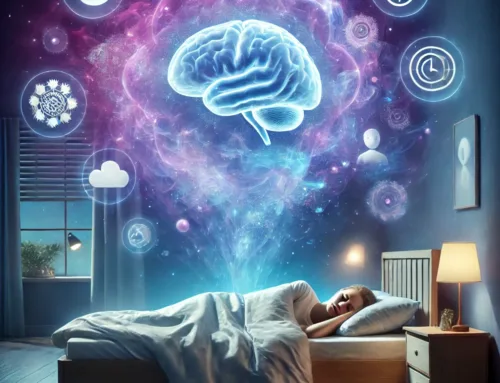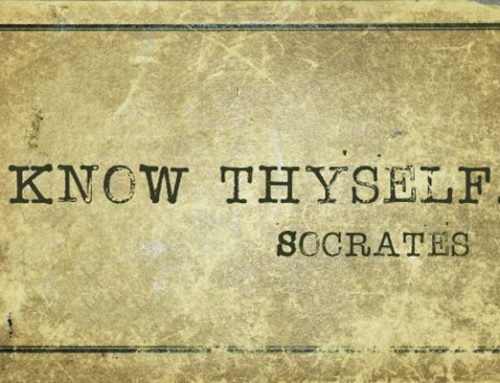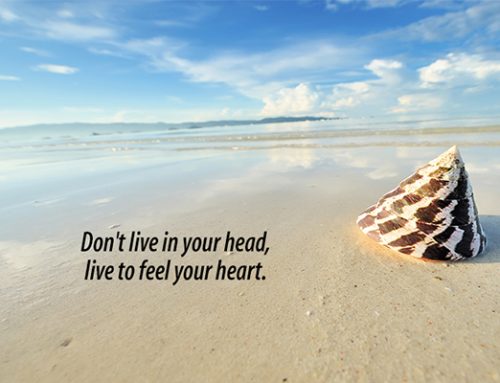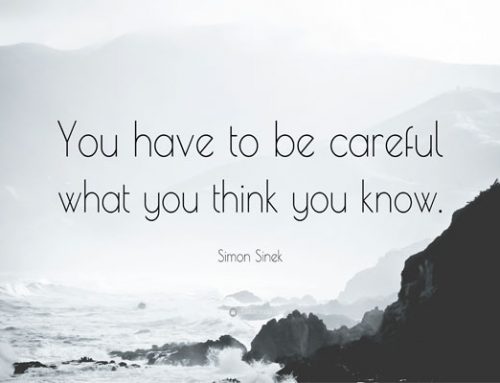Contrary to what a lot of people might think most of our thoughts and associated behaviours don’t depend on conscious awareness.
A lot of what we do is the result of automatic, habit-based behaviours.
Habits
When your brain encounters a problem it works really hard to find a solution. It’s important to note that it doesn’t work really hard to find the best

Basal ganglia: the seat of our habitual thoughts and behaviours
solution. It just works really hard to find ‘a’ solution. Once found, the brain commits this to memory so that when the same problem is encountered again it can short-cut the process by pulling up this old solution.
An example of this is driving your car. When you first begin to drive you need to expend a lot of mental energy through focused attention and thought in order to keep you and your poor instructor alive. However, years later, driving becomes an entirely different experience. Much of what you do now while driving is the result of automatic, routine behaviour. This allows you to drive a car while still being able to dazzle your passengers with your incredible conversational skills and wit. Something your driving instructor was unlikely to experience.
We run on auto-pilot a lot more than we think we do.
Habitual thoughts, feelings and behaviours aren’t always effective though. If you’ve had a stressful day at work eating a bag of cookies can help you ‘zone out’ from that stress – short term solution. But once the cookies are gone, the stress returns. Along with other discomforting thoughts and feelings:
- I shouldn’t have eaten the whole packet (regret)
- I’ll never lose any weight (despair and hopelessness)
- What the hell is wrong with me? (self-criticism/loathing)
- I think I’m actually getting fatter… (dread)
So what now? Well, you need another solution. You’re not going to just sit there with those unpleasant feelings, are you? No. And guess what? Your brain has just the thing to help you out:
- Eat more high fat/sugar foods
- Have a drink (and I don’t mean water)
- Scroll through your Instagram/Facebook feed (and compare your life to everyone else’s)
Again, in the immediacy of doing all of these things you’ll be able to create some distance between you and your feelings. But you’re not dealing with them. As soon as you stop they come back.
How it works
Deep in our brains we have three areas:
- The amygdala: the emotion/fear centre
- The insula: where we find our awareness of not only other people but also ourselves (pain, discomfort, general internal state)
- The anterior cingulate: involved in detecting errors, emotional awareness and sensing pain
Jeffrey Schwartz refers to these three centres collectively as the ‘uh-oh centre’.
When this centre is activated we feel stressed which is then followed by a desire to relieve that stress.
This in turn activates the basal ganglia which is the area of our brains where we store up our habitual thoughts and behaviours. This habit centre then scours through our internal ‘database’ of previously used thoughts and associated behaviours and selects the one that you’ve used in the past. The basal ganglia then recruits what is known as your pre-frontal cortex or your ‘executive brain’ to execute the selected behaviour. Which may involve you seeing off that packet of biscuits you swore you’d leave alone.
Things to be aware of
- Habits are a sequence of associated thoughts, feelings and behaviours.
- They’re usually supported by the social/physical environment you are surrounded by. So, if there is junk food in your house, you’re going to eat it. If it’s not there you simply won’t.
- Habits are often much stronger than conscious control or will power. If you’re in the habit of finishing off a packet of biscuits after work or having 4 whiskeys you’re unlikely to just stop simply because you want to.
- They’re designed to make cognition more efficient. They act as mental short-cuts.
- They often want to make us feel more safe and secure and to relieve distress.
- They can be both good and bad. That is, they can enhance our lives and make them easier or they can make them worse
How to change a bad habit
One of the most important things to appreciate and accept about change is that it’s virtually impossible to change everything all at once.
The greatest chance you’ll have is if you attempt to change just one thing and to do this by attempting to replace that one thing with something better.
If you try to eliminate too many bad habits at once you will fail. Change is stressful and you want to be in the optimal stress zone. This means you want to avoid being over-stressed as you’ll either freeze up and do nothing or eventually break down. It also means you want to avoid being under-stressed as you’ll be unlikely to feel compelled to act.
In his book, The Power of Less, Leo Babauta highlights the perils of trying to do too much at once:
- When Babauta attempted to change only one small thing about his life he succeeded almost 85% of the time.
- When he tried to change two things at once he succeeded about 1/3 of the time.
- And when he tried to change more than two things at once he almost never succeeded.
So, stop trying to do an overnight overhaul of your entire way of living. You’re quite literally built to fail if you do. Also, read his book. It’s damn useful.





Leave A Comment